Totally stoned: Abbott Miller on a Pentagram-designed Rolling Stones survey
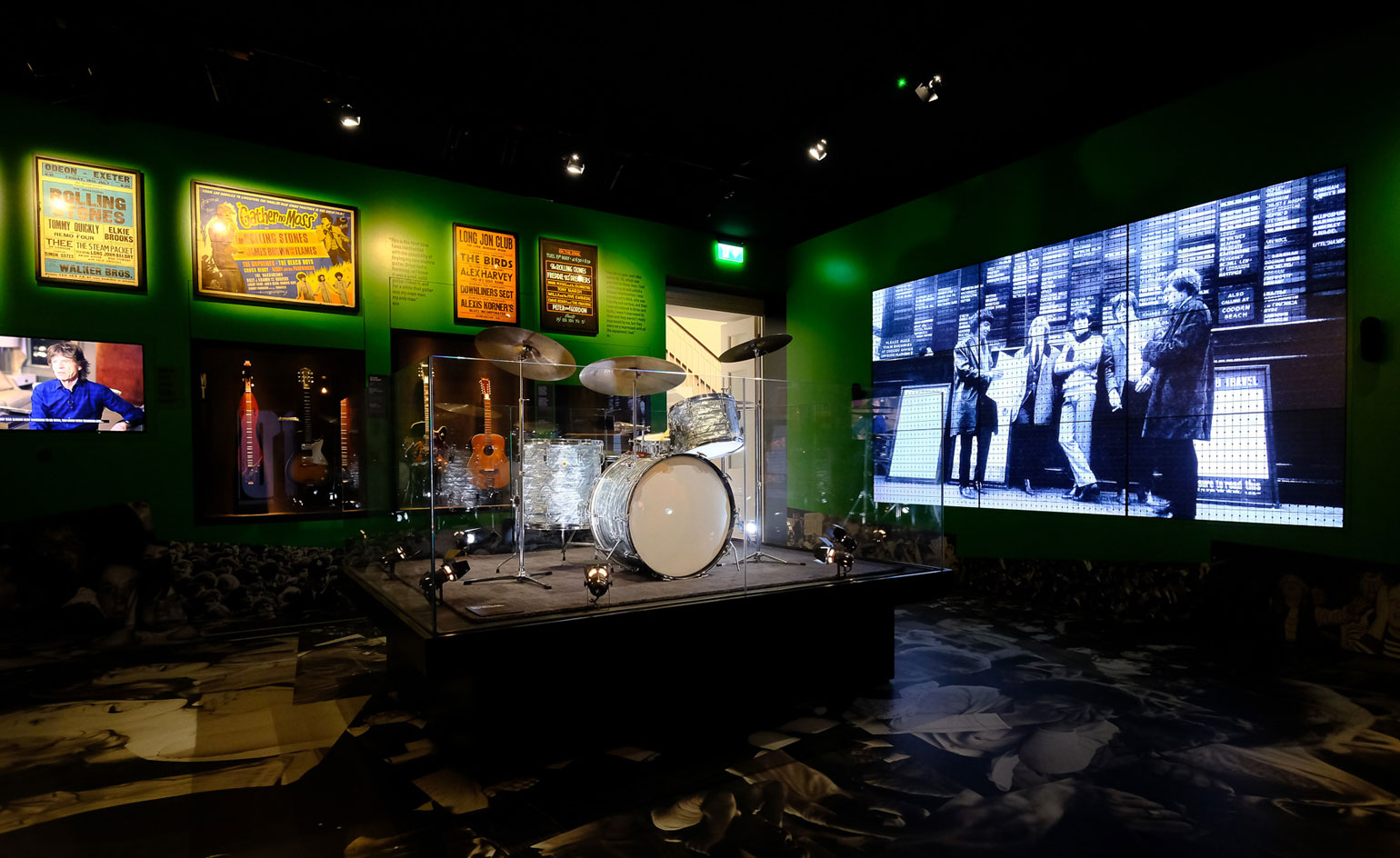
The rock-n-roll retrospective is big business these days.
Whether that's a good thing depends on how one values the validity of shifting pop stars and music into art world and gallery contexts. London's Victoria and Albert Museum hit critical pay dirt with their expansive and impeccably realised David Bowie exhibition (largely a result of the great man's chameleonic, discipline-straddling practice and unerringly singular vision). But for every Bowie there's a Björk, whose 2015 retrospective at MoMA was a mess – a brilliant artist sold short by the cloying reverence of her curators.
Safe to say, increasingly-creaky rock'n'roll titans The Rolling Stones will be looking to channel the success of the former in 'Exhibtionism', a sprawling retrospective at London's Saatchi Gallery – the largest survey of its kind ever staged by an artist or band.
Size isn't everything, of course, and for Wallpaper* there's greater shakes here in the fact that the show has been put together by the influential design firm Pentagram: specifically company founders William Russell (in London) and Abbott Miller (New York).
'Working closely with the band and curator Ileen Gallagher, we approached the space as if it were a set list for a concert, viewing it as a performance rather than an exhibition,' explains Russell of the show's conception. 'There is a range of tempos, sensations and emotions that build into one orchestrated experience: it is tactile, authentic, glamorous, messy, and suffused with the sounds and images of the band.'
The offering – delineated into 'chapters' – is broad, to say the least. In ephemera alone, the show features 500 items spanning instruments, costumes, personal documents, unseen video material, original album artwork and more. Themed spaces include 'Ladies & Gentlemen', an introductory audio visual projection installation exploring the breadth of the band's cultural impact; a recreation of the band's first squalid apartment, Edith Grove in Chelsea; and self-explanatory 'Recording' and 'Film' galleries.
Further rooms delve into the band's deployment of art, design and sartorial influence, a collection of never-before-seen items drawn from the Stones' archive seguing into a gallery space holding works by Warhol, Richard Hamilton and Ralph Steadman; while the she show's defacto finale is the 'Performance' space, providing a Stones POV film of the band in concert, as well as a 3D video of the group in action, capturing the raw magnetism that dragged them from diligent London blues hounds to global cultural behemoths.
Preceding the show's opening, Wallpaper* caught up with Abbott Miller to dicuss Pentagram's involvement in the project, breaking the increasingly workaday retrospective mould and harnessing the energy of the super fan.
W*: How did Pentagram become involved in the project? Is this the first project of its kind yourselves or the firm have been involved with?
We were invited based on previous experiential/exhibition design projects, some of which dealt specifically with popular music (a show on John Lennon which was a close collaboration with Yoko Ono, a show on the history of rock and roll style, a show on the relationship between art and television, and the design of the permanent installations of the Harley-Davidson Museum). While we’ve done many retail environments and exhibitions, this one is unique because of the extensive integration of sound, media, and lighting, which gives it a heightened theatrical quotient.
In conceiving the show, what level of symbiosis was at play between Pentagram, the band and Ileen Gallagher? Was the process of pulling the show together truly collaborative?
It was immensely collaborative, involving a really enjoyable dialogue between the producers, the curator, the band, and ourselves. There were key moments of review with the band where they were able to give a gut reaction to the design, to the selection of objects, and to the use of songs and media.
This was probably the best aspect of the project: we knew the band wanted to be involved, and the producers and curator had created a clear thematic approach prior to our involvement, but it was the way these layers built into a more and more immersive environment that made this a really satisfying process. Mick Jagger in particular has a keen sense of the experience as constructing a portrait of the band, so he was naturally very engaged, at times critical, at times very affirming. This feedback among all members of the creative team is what gives the show its unique rhythm of raw and polished moments, between things that are very tactile and authentic, and those that are more glossy and refined.
The band’s longstanding lighting designer Patrick Woodroffe was also a key player in providing feedback, as well as enabling the integration of lighting that lends the show a theatrical drama.
These kind of multifaceted museum/gallery-based music retrospectives are becoming more common (see Bowie and Bjork as good and bad examples). In terms of design, how is this show pushing the envelope? What does it do that others haven’t?
I think the exhibition is distinctive for providing both visceral/tactile moments that pull from theatrical experience as well as more artifact-based moments. The thematic structure allows us to combine these two aspects of what an exhibition can deliver, and the fact that we’ve designed the spaces to be distinct (in terns of the approach, the design language, and the emphasis on objects vs experiences) makes this unique. The 'chapter' construction liberated us and I think means the experience is dynamic for the audience.
Where do you think it best succeeds?
I think it succeeds in being completely in sync with the curatorial and editorial goals: the design really supports the storytelling.
What are your personal highlights?
I think the 'Recording' gallery is very interesting in resolving the need to show meaningful artifacts but to put them in a context that imbues them with meaning. This space manages to talk about three distinct studio environments that were crucial to the band’s creative development while also providing interactive elements that are genuinely engaging. On top of that we also incorporate a kind of 'super-fan' moment around the guitars. But the 'Style' gallery is a satisfying visual blast as well.
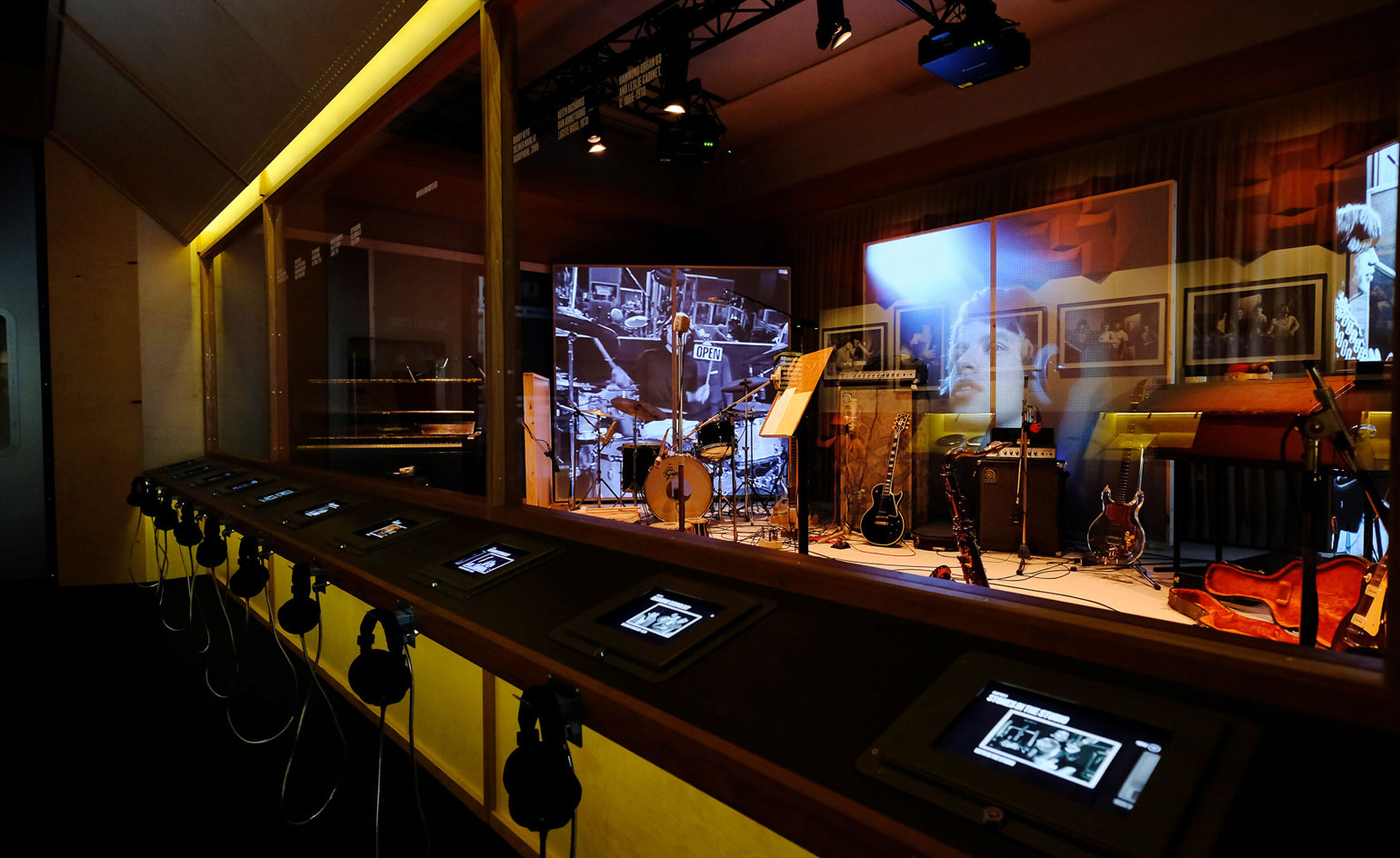
The show was collaboratively conceived by the band, curator Ileen Gallagher and Pentagram's Abbott Miller and William Russell
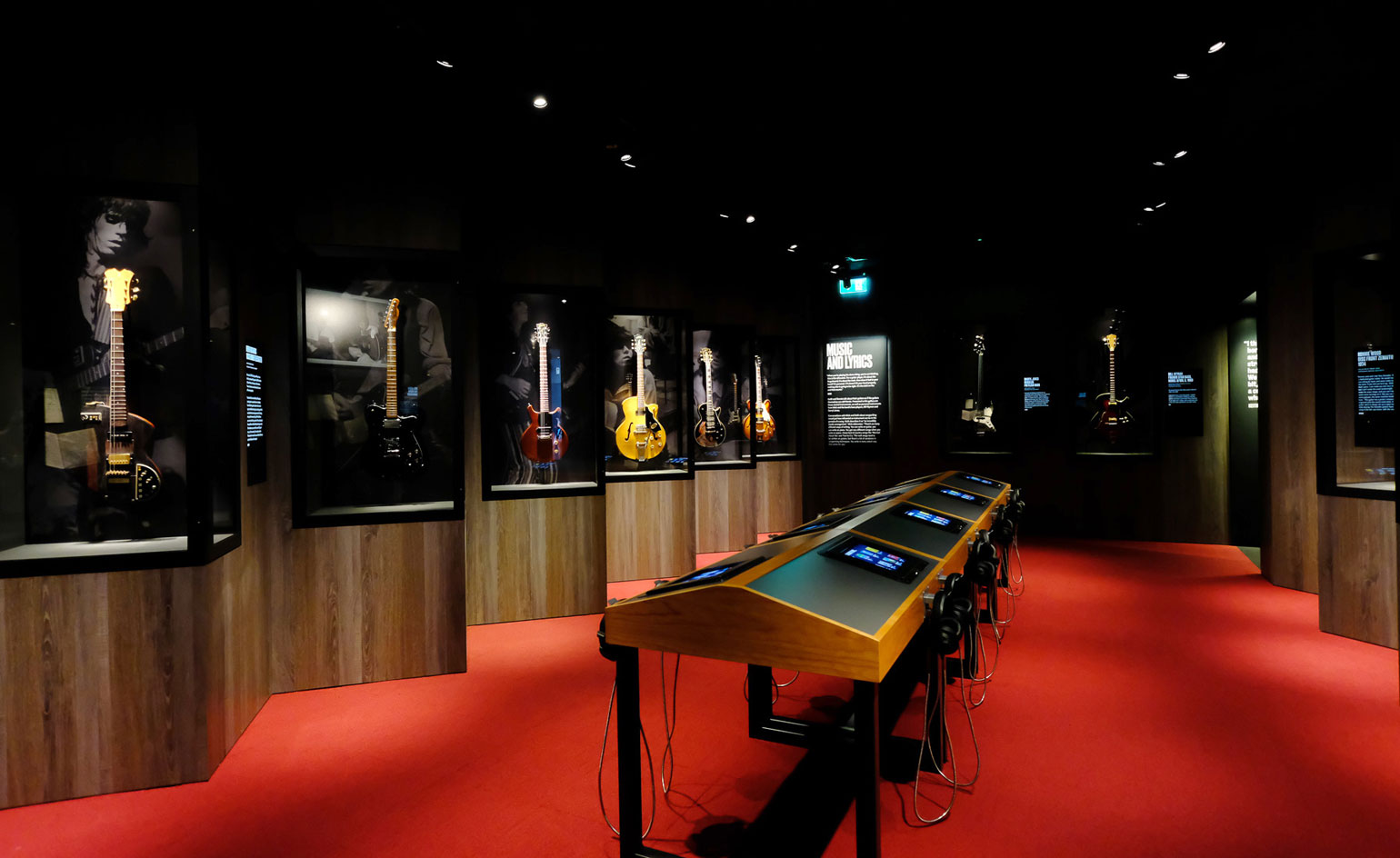
The offering – delineated into 'Chapters' – is broad, to say the least; in ephemera alone, the show features 500 items spanning instruments, costumes, personal documents, unseen video material and original album artwork
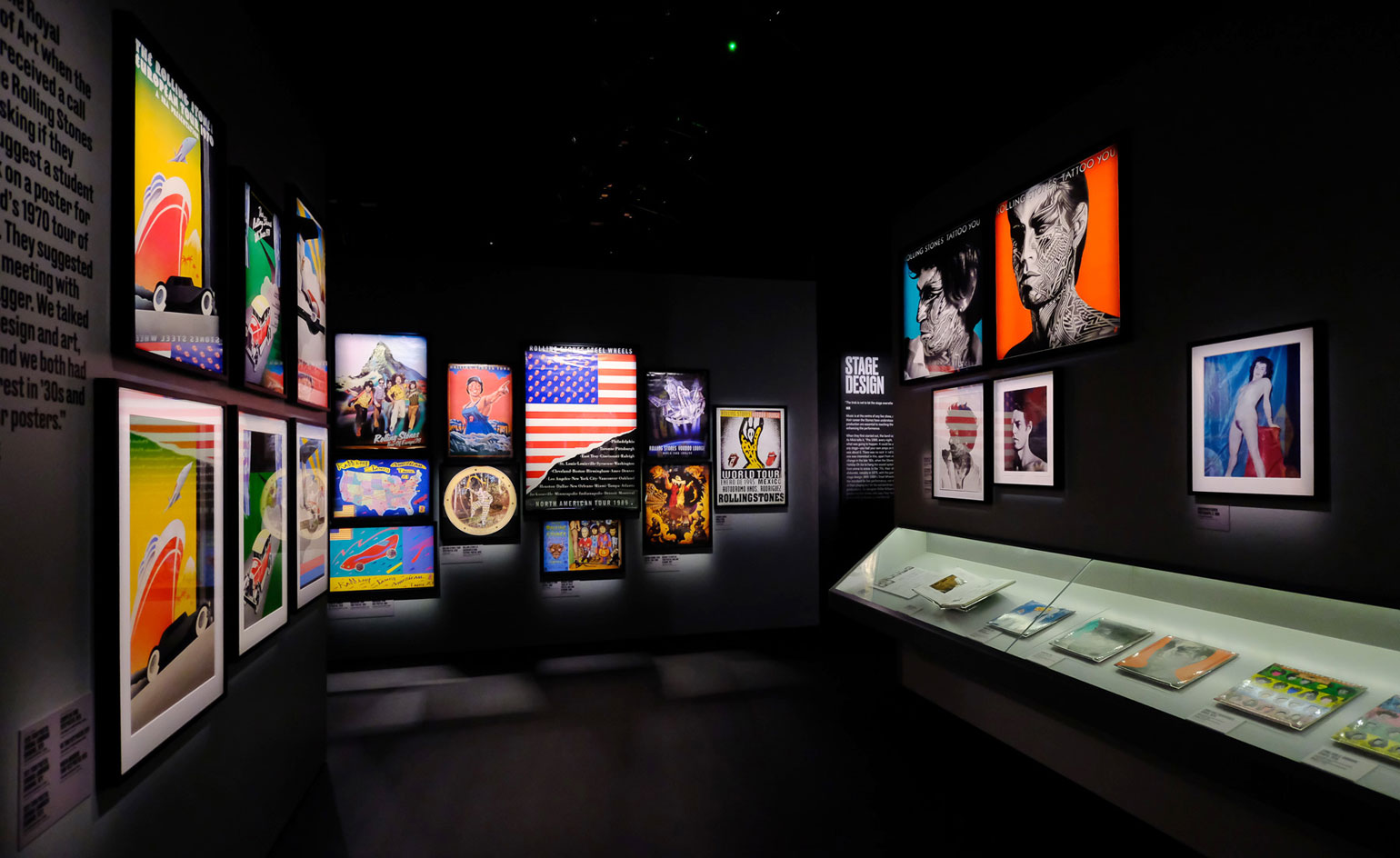
'I think it succeeds in being completely in sync with the curatorial and editorial goals: the design really supports the storytelling,' Miller tells Wallpaper* of the planning behind the show
INFORMATION
'Exhibitionism' is on view until 4 September. For more information, visit the Saatchi Gallery's website
ADDRESS
Saatchi Gallery
Duke Of York's HQ
King's Road
London, SW3 4RY
Receive our daily digest of inspiration, escapism and design stories from around the world direct to your inbox.
Tom Howells is a London-based food journalist and editor. He’s written for Vogue, Waitrose Food, the Financial Times, The Fence, World of Interiors, Time Out and The Guardian, among others. His new book, An Opinionated Guide to London Wine, will be published by Hoxton Mini Press later this year.
-
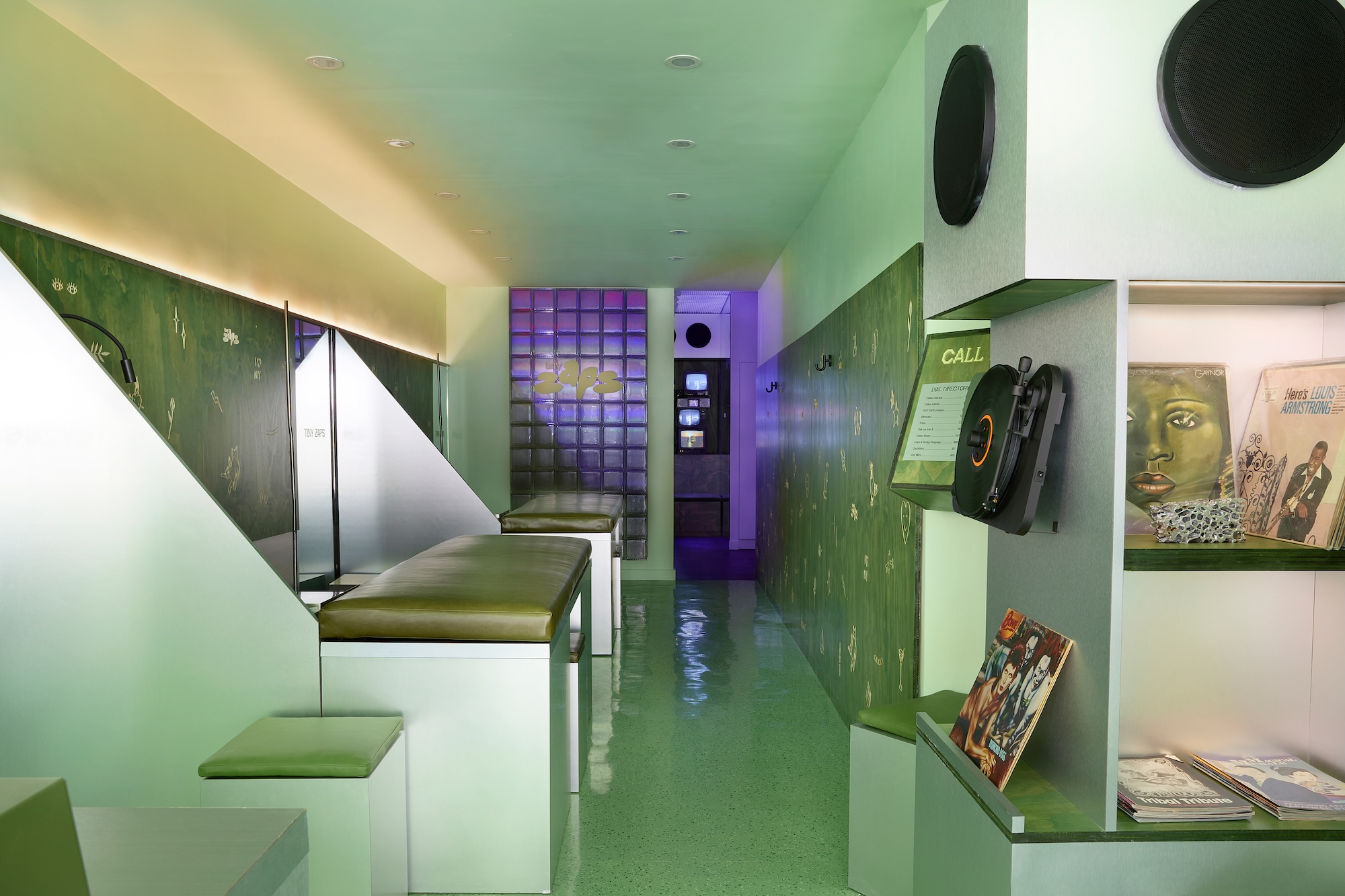 Terrified to get inked? This inviting Brooklyn tattoo parlour is for people who are 'a little bit nervous'
Terrified to get inked? This inviting Brooklyn tattoo parlour is for people who are 'a little bit nervous'With minty-green walls and an option to 'call mom', Tiny Zaps' Williamsburg location was designed to tame jitters
-
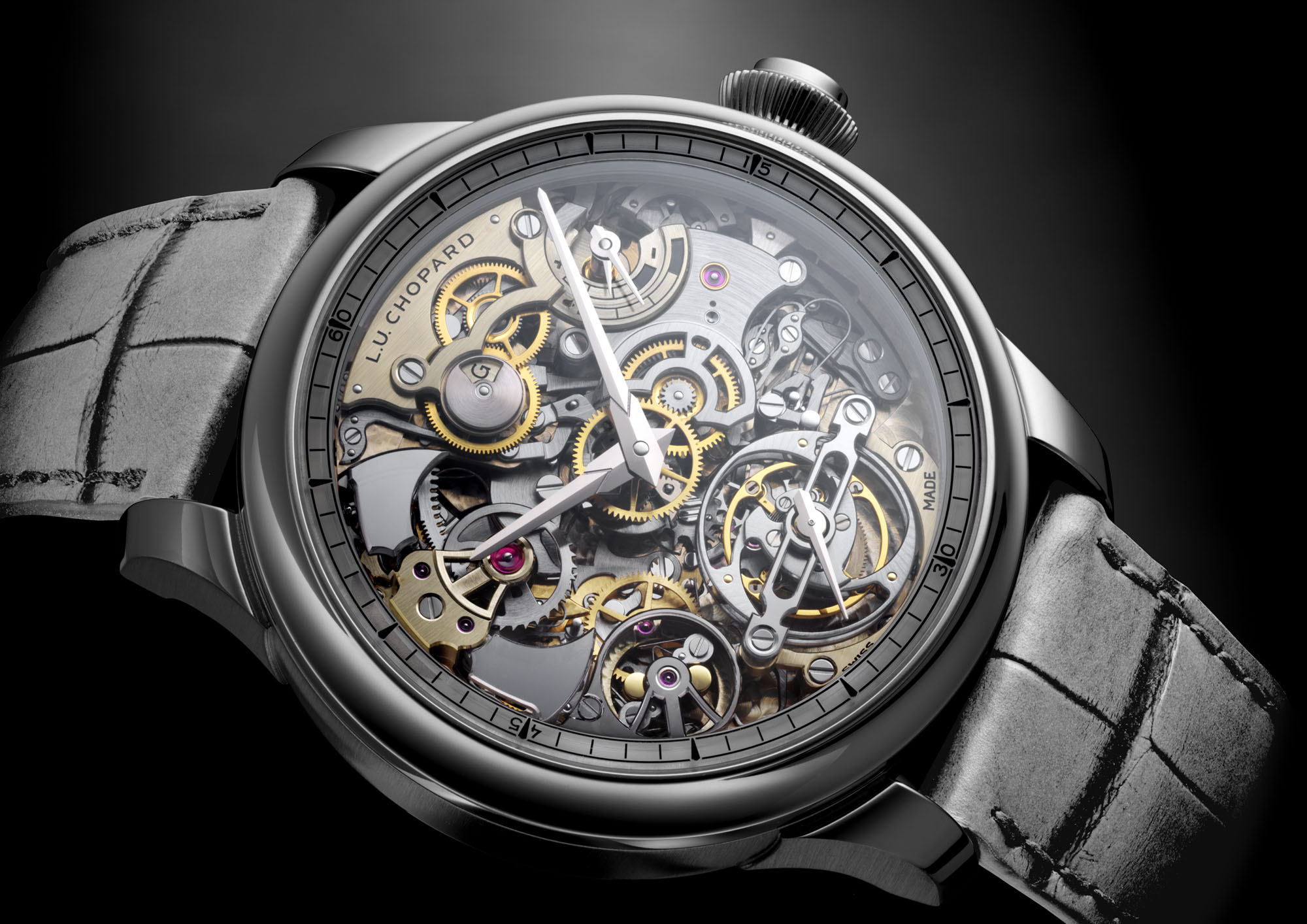 Let’s hear it for the Chopard L.U.C Grand Strike chiming watch
Let’s hear it for the Chopard L.U.C Grand Strike chiming watchThe Swiss watchmaker’s most complicated timepiece to date features an innovative approach to producing a crystal-clear sound
-
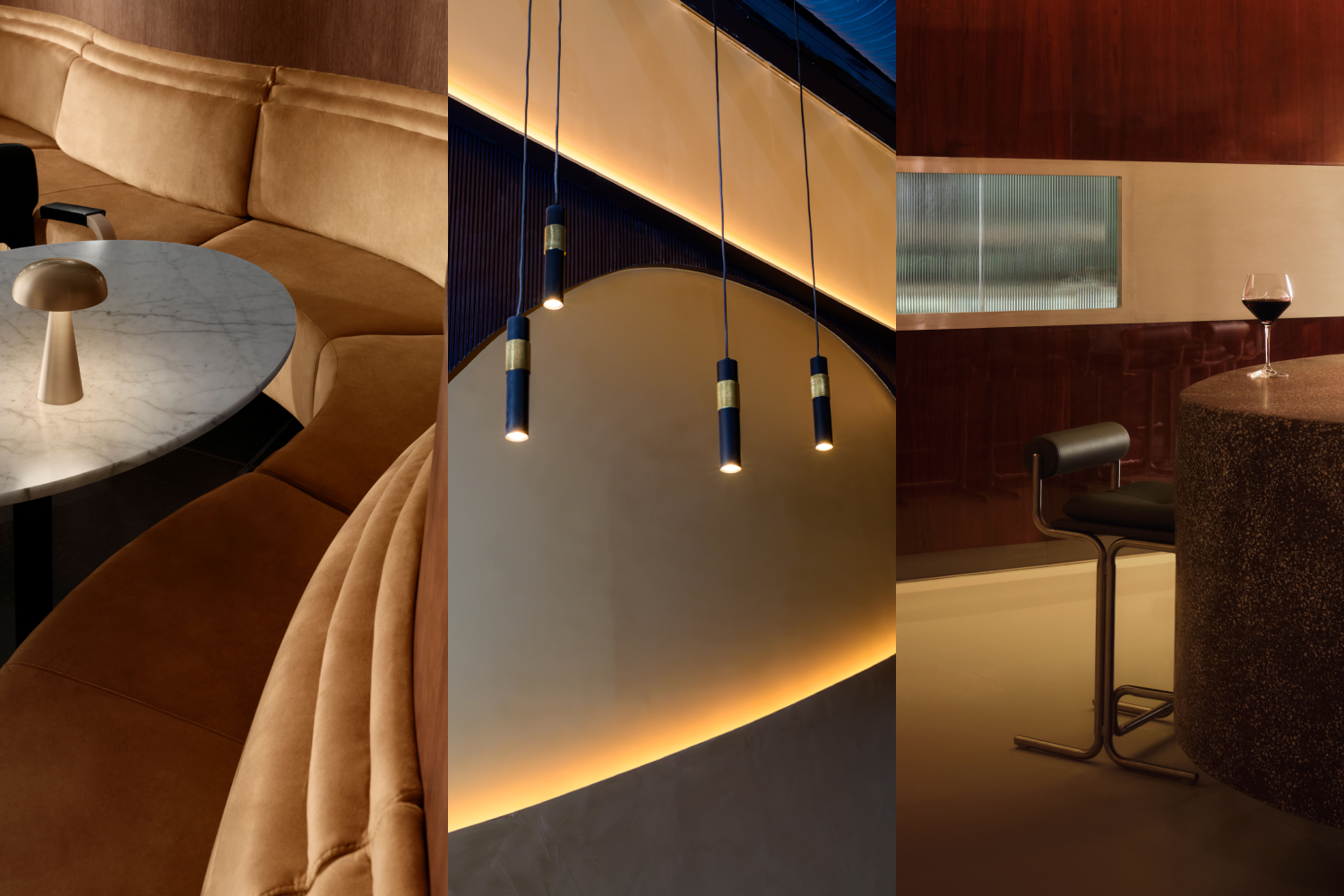 Form... and flavour? The best design-led restaurant debuts of 2025
Form... and flavour? The best design-led restaurant debuts of 2025A Wallpaper* edit of the restaurant interiors that shaped how we ate, gathered and lingered this year
-
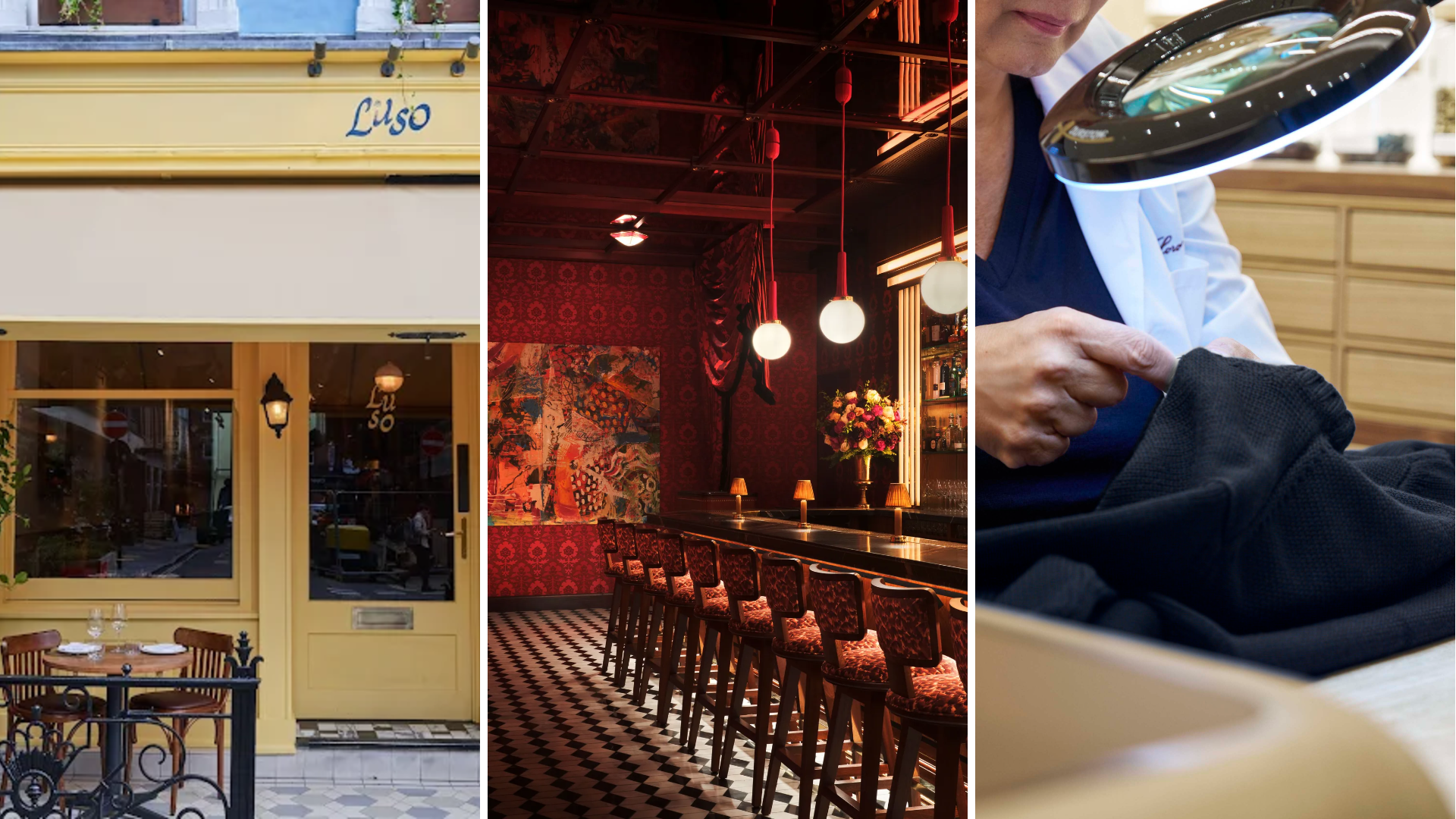 Out of office: The Wallpaper* editors’ picks of the week
Out of office: The Wallpaper* editors’ picks of the week'Tis the season for eating and drinking, and the Wallpaper* team embraced it wholeheartedly this week. Elsewhere: the best spot in Milan for clothing repairs and outdoor swimming in December
-
 Out of office: The Wallpaper* editors’ picks of the week
Out of office: The Wallpaper* editors’ picks of the weekFar from slowing down for the festive season, the Wallpaper* team is in full swing, hopping from events to openings this week. Sometimes work can feel like play – and we also had time for some festive cocktails and cinematic releases
-
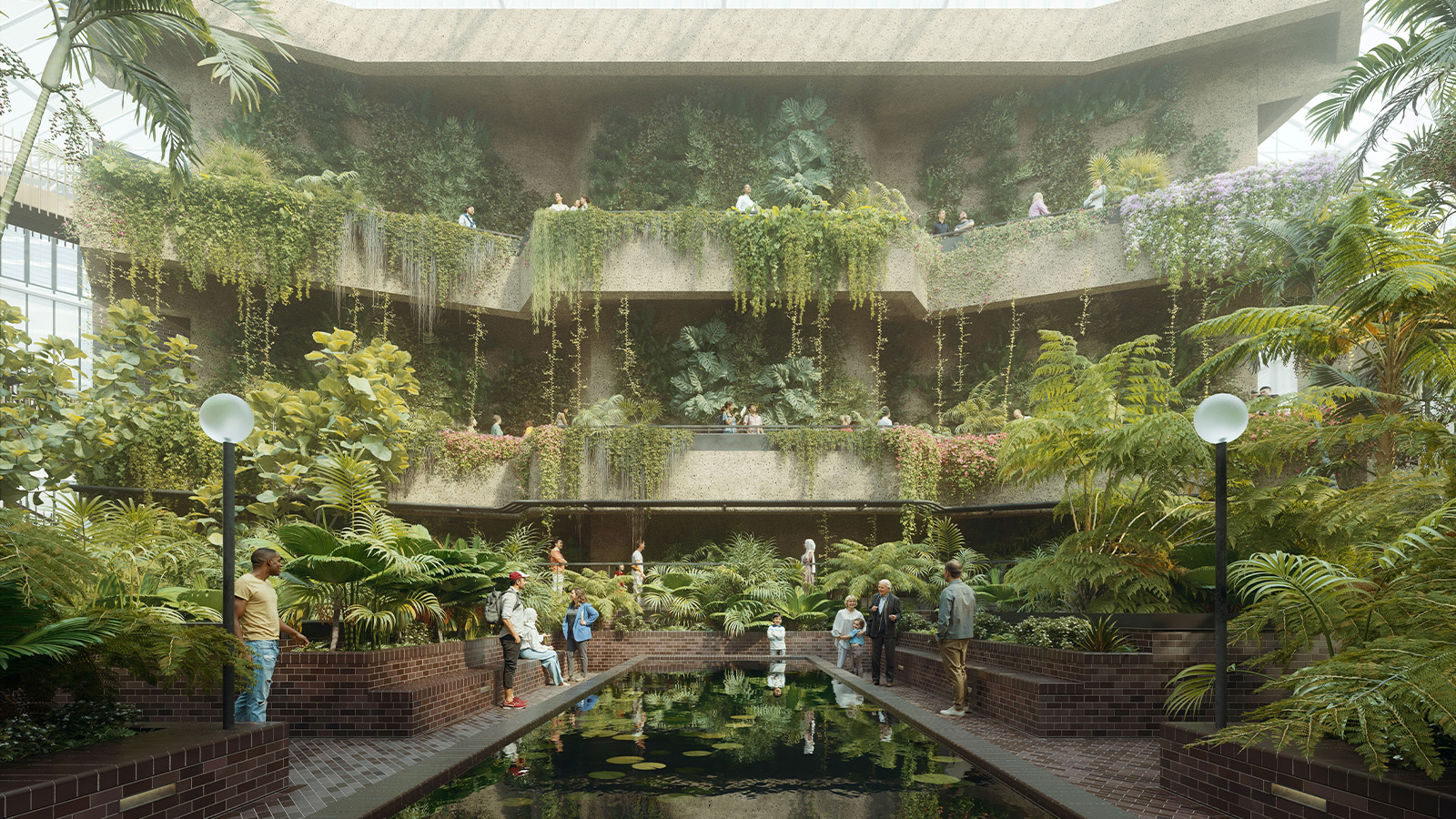 The Barbican is undergoing a huge revamp. Here’s what we know
The Barbican is undergoing a huge revamp. Here’s what we knowThe Barbican Centre is set to close in June 2028 for a year as part of a huge restoration plan to future-proof the brutalist Grade II-listed site
-
 Out of office: The Wallpaper* editors’ picks of the week
Out of office: The Wallpaper* editors’ picks of the weekIt’s wet, windy and wintry and, this week, the Wallpaper* team craved moments of escape. We found it in memories of the Mediterranean, flavours of Mexico, and immersions in the worlds of music and art
-
 Each mundane object tells a story at Pace’s tribute to the everyday
Each mundane object tells a story at Pace’s tribute to the everydayIn a group exhibition, ‘Monument to the Unimportant’, artists give the seemingly insignificant – from discarded clothes to weeds in cracks – a longer look
-
 Out of office: The Wallpaper* editors’ picks of the week
Out of office: The Wallpaper* editors’ picks of the weekThis week, the Wallpaper* team had its finger on the pulse of architecture, interiors and fashion – while also scooping the latest on the Radiohead reunion and London’s buzziest pizza
-
 Out of office: The Wallpaper* editors’ picks of the week
Out of office: The Wallpaper* editors’ picks of the weekIt’s been a week of escapism: daydreams of Ghana sparked by lively local projects, glimpses of Tokyo on nostalgic film rolls, and a charming foray into the heart of Christmas as the festive season kicks off in earnest
-
 Wes Anderson at the Design Museum celebrates an obsessive attention to detail
Wes Anderson at the Design Museum celebrates an obsessive attention to detail‘Wes Anderson: The Archives’ pays tribute to the American film director’s career – expect props and puppets aplenty in this comprehensive London retrospective